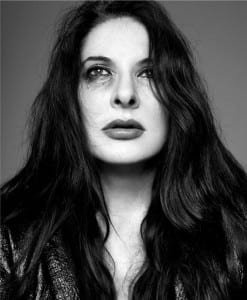Dawn French
Dawn French, born 11th October 1957, is a English born actress, comedian and writer.

Dawn French www.bbc.co.uk
I have always adored Dawn French, from her role as Geraldine in The Vicar of Dibley, to her comedy sketches in French and Saunders. For me, she has always been a role model. She is a larger lady and she knows she is, and a lot of her stand up comedy consists of her joking about her weight. She also has a very clever delivery, pulling very animated facial expressions which encourages the audience to laugh further.
One of the main influences for my performance is in The Vicar of Dibley, where Geraldine performed The Mirror in a talent show. The Mirror consists of a ballerina performing in front of a mirror, to which Geraldine plays the reflection. This, for me, was the first time i had laugh at the fact that you can use your body size to make something funny and this is what I want from my performance. I want to portray a serious situation, but sugar coat it in comedy.
Another sketch that Dawn did with her comedy partner Jennifer Saunders, was French and Saunders Dancing Academy. In this sketch, Dawn is a ballet dancer who has fallen and grazed her knee and is unable to complete the rest of the choreography so they hire a professional dancer to fill in for Dawn. The comedy lies in Dawn’s dancing skills, and the complete contrast between the dancer and Dawn herself.
After this research, I would like to explore the idea of using dance in my performance. I’ve always wanted to dance as a child but was told that I was to big, and that I should focus on a proper career and not waste my time. The funny thing is, I’ve never been able to dance, so one is hoping this will only add to the comedy. But if I did dance, it would prove that no matter what your size, don’t let other people tell you what you can and can’t do because of your size.
References
French & Saunders Dancing Academy with Darcey Bussell & Anthony Dowell – BBC Comedy 1993. (2012). Available at: https://www.youtube.com/watch?v=l_tBnkUEsQg [Accessed 20 June 2015].




Recent Comments